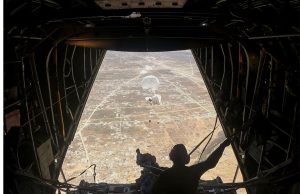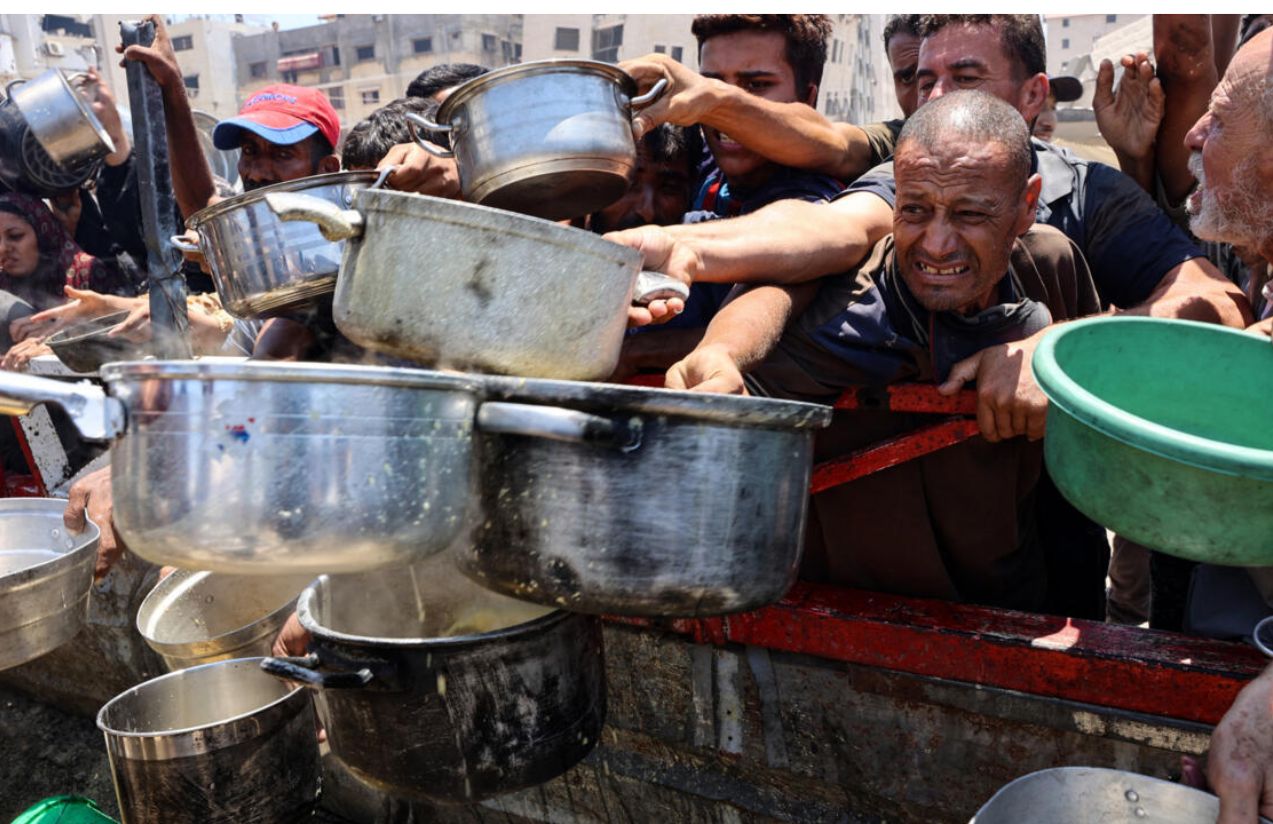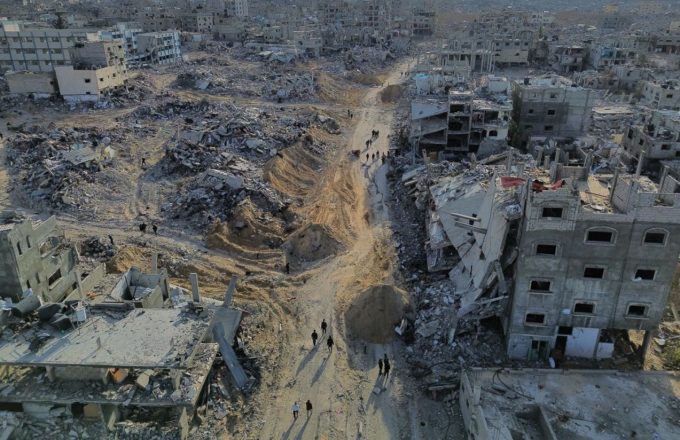Jordan and the United Arab Emirates strengthened their humanitarian alliance on Tuesday with the delivery of an additional 16 tons of aid over the Gaza Strip, as the region faces an escalating food crisis. The operation is part of an ongoing air campaign to support civilians trapped between ongoing conflict and a collapsing humanitarian infrastructure.
The supplies, including non-perishable food, hygiene products, and medical materials, were dropped from military aircraft over areas previously designated as safe. This is not the first joint mission: both nations have coordinated several airdrops since the start of the Israeli offensive, which has left thousands dead and many more displaced. According to the UN, more than 80% of Gaza’s population is now in urgent need of food assistance, with children and the elderly among the most affected.

Can aerial cooperation solve Gaza’s food crisis?
Experts agree that while these missions are crucial, they are not enough on their own. “Airdrops provide immediate relief but are limited in scale. Ground access is essential for sustained and effective distribution,” said humanitarian analyst Karim Daher. “Without a ceasefire, any effort will only be partial.”
Meanwhile, humanitarian organizations continue to face enormous logistical and security challenges in delivering aid. Many trucks carrying food and medicine remain blocked at border crossings, and medical facilities inside Gaza are overwhelmed. As food falls from the sky, hunger continues to grow on the ground. The international community keeps calling for stable humanitarian corridors and a lasting solution to prevent a worsening catastrophe.












